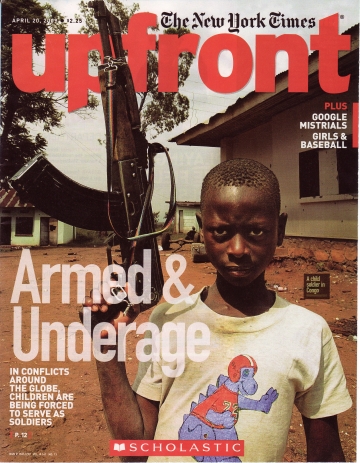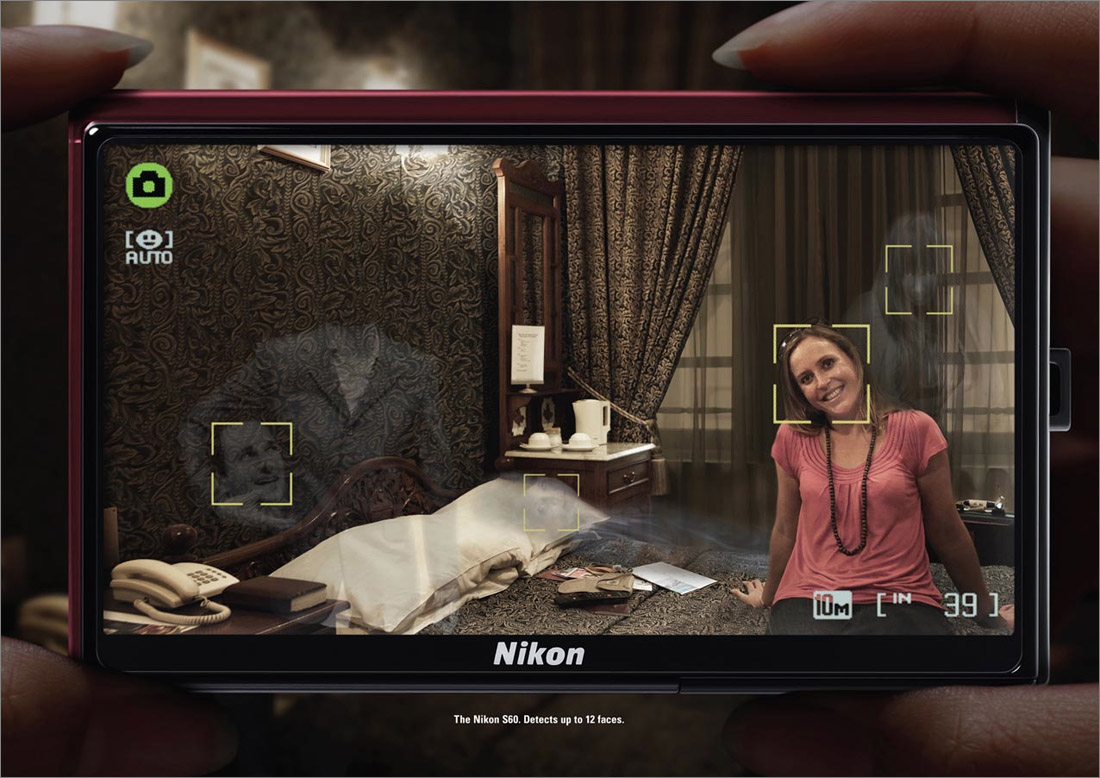In this cartoon, titled “Plane Dumb” (1932), Van Beuren’s Tom and Jerry put on black face in order to disguise themselves in Africa. Putting on black face affects their intelligence as they go from being smart to dumb. Idoicy ensues. The “natives” come out at the very end:
Thanks to Steve W. for the link!
For more vintage racist cartoons, see these clips from Fantasia, these Bugs Bunny stills, this racist reinterpretation of Snow White, and this Bugs Bunny cartoon that caricatures the Japanese.
And this one’s just for fun.



















